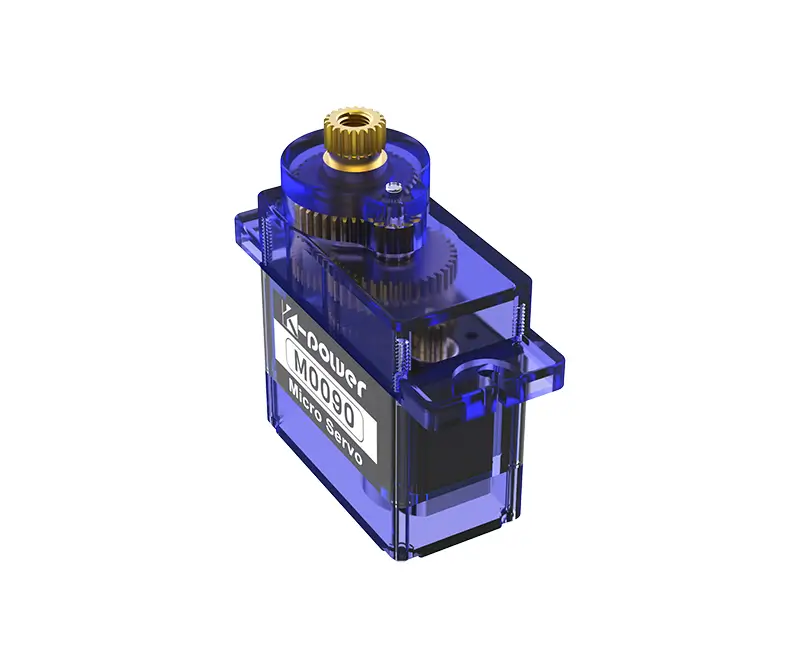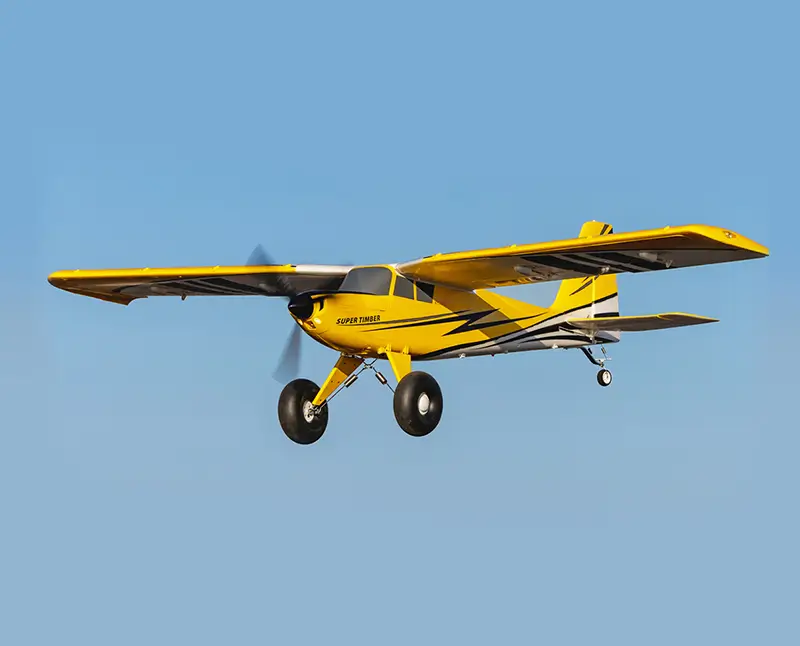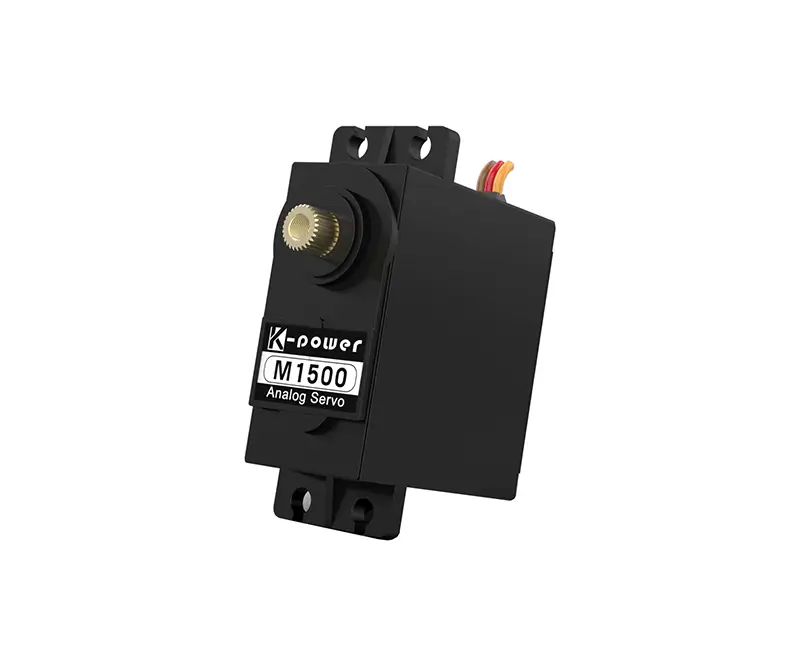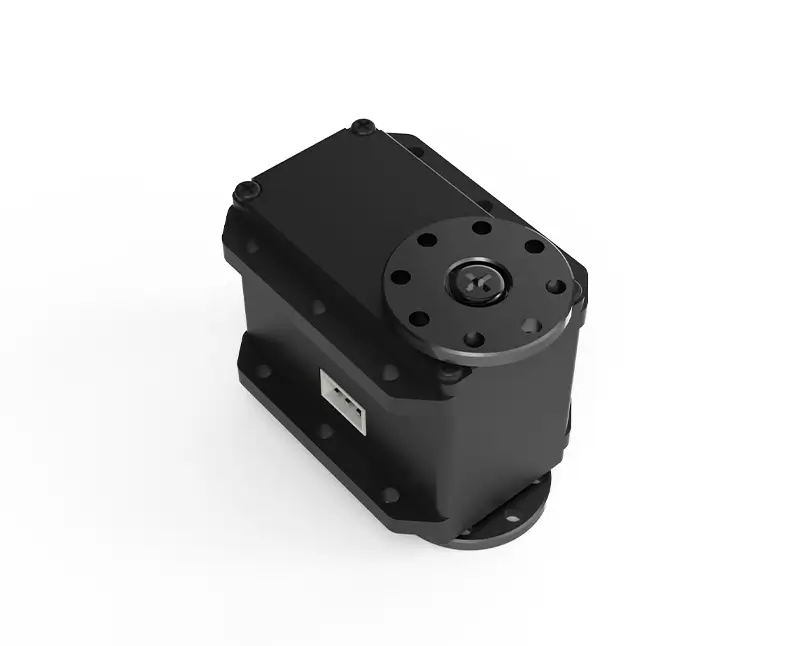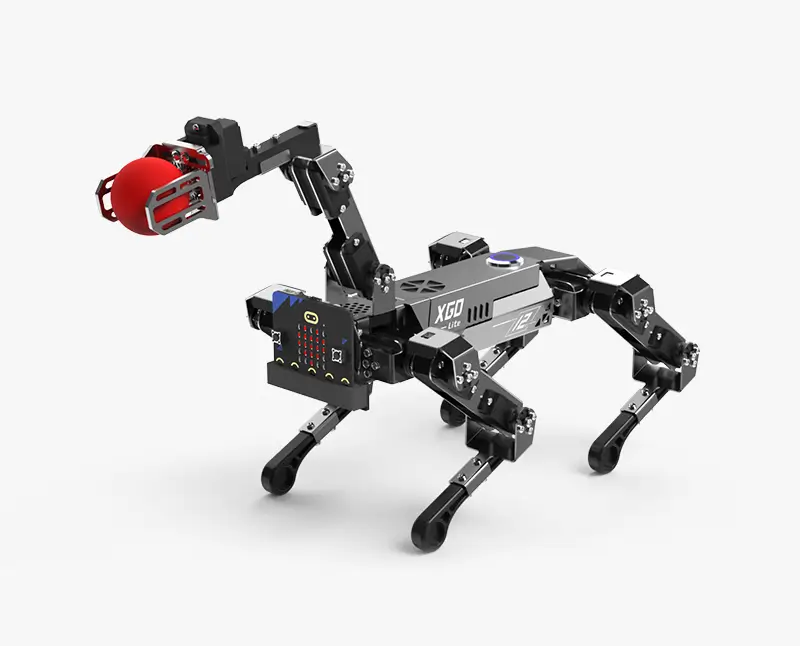The Heartbeat of Control – Understanding RC Plane Servo Motors
If you’ve ever watched an RC plane slice through the sky, executing flawless loops, rolls, and landings, you’ve witnessed the magic of servo motors in action. These tiny, unassuming devices are the unsung heroes of radio-controlled aviation, translating your transmitter’s commands into precise mechanical movements. But what makes servo motors so critical, and how do they work? Let’s dive into the world of RC plane servos and uncover why they’re the backbone of every successful flight.
.webp)
What is a Servo Motor?
A servo motor is a compact, high-torque device designed to rotate to a specific angle or position based on electronic signals. Unlike standard motors that spin continuously, servos operate with precision, making them ideal for controlling flight surfaces like ailerons, elevators, and rudders. Inside every servo, three key components work in harmony:
Motor: Provides rotational force. Potentiometer: Acts as a sensor to monitor the motor’s position. Control Circuit: Compares the motor’s current position with the desired input and adjusts accordingly.
When you move a joystick on your transmitter, it sends a pulse-width modulation (PWM) signal to the servo. The control circuit interprets this signal, powers the motor to rotate, and uses the potentiometer to verify the movement. This closed-loop system ensures accuracy down to a fraction of a degree—essential for maintaining stability mid-flight.
Types of Servo Motors: Analog vs. Digital
Not all servos are created equal. The two primary categories—analog and digital—differ in how they process signals and deliver performance:
Analog Servos: These traditional servos update their position 50 times per second. They’re budget-friendly and sufficient for basic maneuvers but can struggle with rapid, precise adjustments under load. Digital Servos: Using microprocessors, digital servos refresh their position up to 500 times per second. This results in faster response times, higher torque, and smoother operation, making them ideal for 3D aerobatics or high-speed planes.
Key Specifications to Consider
Choosing the right servo for your RC plane hinges on three critical factors:
Torque (kg/cm or oz/in): Determines how much force the servo can exert. Heavier planes or larger control surfaces require higher torque. Speed (seconds/60°): Measures how quickly the servo can move. Speed-centric planes like racers need servos with 0.08s/60° or faster. Size and Weight: Standard sizes include micro (9g), standard (30g), and large-scale (50g+). Match the servo to your plane’s design constraints.
For example, a lightweight foam glider might thrive with a 9g micro servo, while a gas-powered warbird demands a 30kg-cm metal-geared powerhouse to handle stress.
Material Matters: Plastic vs. Metal Gears
Servo gears transfer motion from the motor to the output shaft. Their construction impacts durability and performance:
Plastic Gears: Lightweight and quiet but prone to stripping under high stress. Best for small, low-impact planes. Metal Gears (Aluminum/Titanium): Withstand crashes and heavy loads, ideal for aggressive flying or larger models.
Powering Your Servos
Servos draw power from your plane’s battery via the receiver. However, high-torque digital servos can strain the electrical system. To avoid voltage drops or receiver brownouts, use a dedicated battery eliminator circuit (BEC) or an external battery pack for servos.
Matching Servos to Your RC Plane
Sport Flying: Analog servos with 15-20kg-cm torque and 0.15s/60° speed. 3D Aerobatics: Digital servos with 25+ kg-cm torque and 0.10s/60° speed. Scale Models: Metal-geared servos for authenticity and durability.
Pro Tip: Always check your plane’s manual for servo recommendations, and invest in a servo tester to calibrate movements before installation.
Installation, Optimization, and the Future of RC Servo Tech
Now that you understand servo basics, let’s explore how to install, maintain, and troubleshoot these devices—and glimpse into the innovations reshaping RC aviation.
Step-by-Step Servo Installation
Mounting: Secure the servo to the frame using screws or adhesive pads. Ensure it’s aligned with the control surface horn. Linkage Setup: Attach a pushrod or clevis to the servo arm. Adjust the length so the control surface remains neutral at center stick. Centering: Power on the system and use transmitter sub-trims to eliminate any mechanical drift. Endpoint Adjustment: Set travel limits to prevent over-rotation, which can damage gears or stress surfaces.
Common Servo Issues and Fixes
Jittering/Jerking: Caused by signal interference or worn potentiometers. Relocate antennas, add ferrite rings, or replace the servo. Stripped Gears: Swap in a metal gear set or replace the servo. Overheating: Reduce load by lubricating linkages or upgrading to a higher-torque model.
Maintenance Tips for Longevity
Regular Inspections: Check gears for wear and linkages for smooth movement. Waterproofing: Apply conformal coating to circuits if flying near moisture. Gear Lubrication: Use silicone grease on metal gears to reduce friction.
The Future of Servo Motors
RC technology is advancing rapidly, and servos are no exception:
Brushless Servos: Using brushless DC motors, these servos offer 20% more efficiency, less heat, and longer lifespan. Smart Servos: Integrated sensors provide real-time feedback on temperature, load, and position via telemetry. Titanium Alloys: Ultra-lightweight yet durable gears enable faster response times. AI Integration: Experimental systems use machine learning to auto-adjust servo parameters mid-flight for optimal performance.
Final Thoughts
Servo motors are the invisible force behind every thrilling RC flight. By selecting the right servo, installing it meticulously, and staying ahead of tech trends, you’ll unlock unparalleled control and reliability. Whether you’re a weekend hobbyist or a competitive pilot, mastering servo mechanics ensures your plane soars with precision—and your passion for aviation reaches new heights.
This two-part guide equips you with the knowledge to harness the full potential of servo motors, transforming your RC plane from a simple model into a sky-dancing marvel. Ready to take control? The sky’s the limit!


































.webp)
